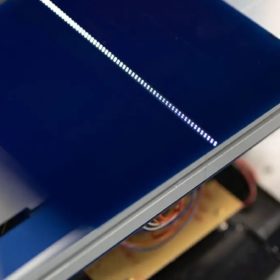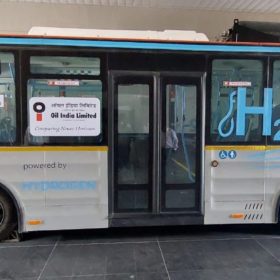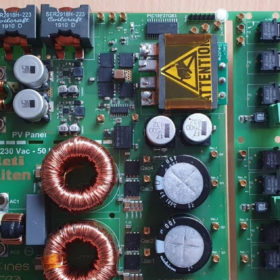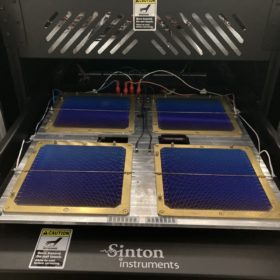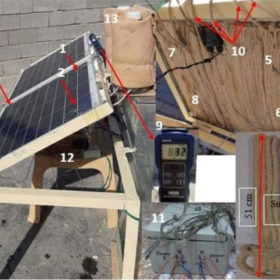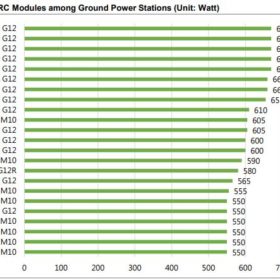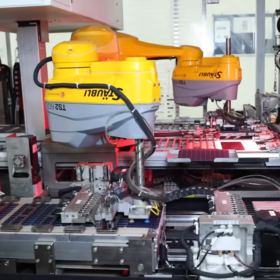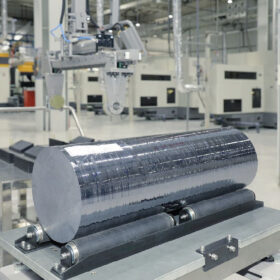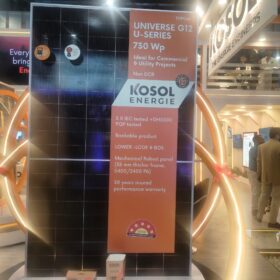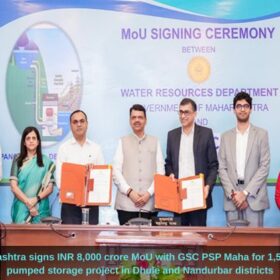The long read: Open opportunity for PERC solar cell laser processing
Laser contact opening (LCO), a standard process in PERC cell production, has seen little market development in the past few years. Stiff competition from equipment suppliers in Asia, combined with the fact that most new n-type manufacturing doesn’t make use of LCO, has kept the level of interest here quite low. However, as the PV research community increases its focus on reducing silver consumption, new approaches to cell contacting and metallization provide impetus for a second look at laser processing.
State-run oil majors spearheading R&D on hydrogen
India’s national hydrogen mission includes the development of hydrogen as a fuel for transportation. Toward that objective, state-run oil and gas companies are engaged in a number of projects, including the blending of hydrogen with compressed natural gas for use as a transportation fuel, and the use of green hydrogen for fuel-cell-based mobility.
Adani Enterprises, Israel Innovation Authority sign agreement to develop cutting-edge tech solutions
Adani has partnered with Israel Innovation Authority to leverage the broad Israeli technology ecosystem for its diverse businesses in renewable energy, logistics, and more. The partnership provides Israeli companies a unique opportunity to codevelop, pilot, and scale up innovative technologies by utilizing Adani’s extensive industrial asset base.
Photovoltaic micro-inverter based on gallium nitride transistors
Scientists from France’s CEA-Ines developed a 400 W micro-inverter with a power density of 1.1 kW/L and an efficiency of 97%. The device utilizes GaN 600V diodes and power transistors developed by CEA’s electronic branch CEA-Leti.
Using p-type wafers in heterojunction solar cells, not a lost battle
An international research group has reconstructed the trajectory of p-type wafers in the heterojunction solar cell segment and has identified the lack of knowledge about boron-oxygen related light-induced degradation (BO-LID) as the main cause for the limited adoption of these wafers and the success of their n-type counterparts. According to the scientists, however, there is still big room for improvement for p-type technologies in heterojunction cells.
Metastable opens innovation center for metal extraction from dead lithium batteries
The urban mining startup has set up an R&D and innovation center focused on improving the efficiency and yield of its chemical-free technology for extracting valuable materials from dead lithium batteries. It will ramp up the facility to double it up as a fully operational metal extraction unit by the end of December.
Reliance, Ola, Rajesh Exports sign agreement to make batteries under PLI Scheme
The three companies will receive incentives under the government’s production-linked incentives scheme for battery storage. The scheme has an overall budgetary outlay of INR 18,100 crore (around US$ 2,284 million).
Cooling down solar modules with cotton wicks immersed in water
The novel technique consists of attaching cotton wicks immersed in the water (CWIWs) to the backside photovoltaic module. The water is supplied to cotton wicks from top to bottom by gravity which the scientists said helps the effective absorption of cotton and reduces water consumption.
Solar panel sizes continue to get larger and improve LCOE, says TrendForce report
A new report from the Taiwanese market research company shows growth in the production of modules over 600 W and increased format size. Cells and wafers are getting larger as well.
New tech to produce hydrogen from tap water
A Spanish scientist has developed a system that reportedly produces hydrogen on-site without expensive electrolysis.
